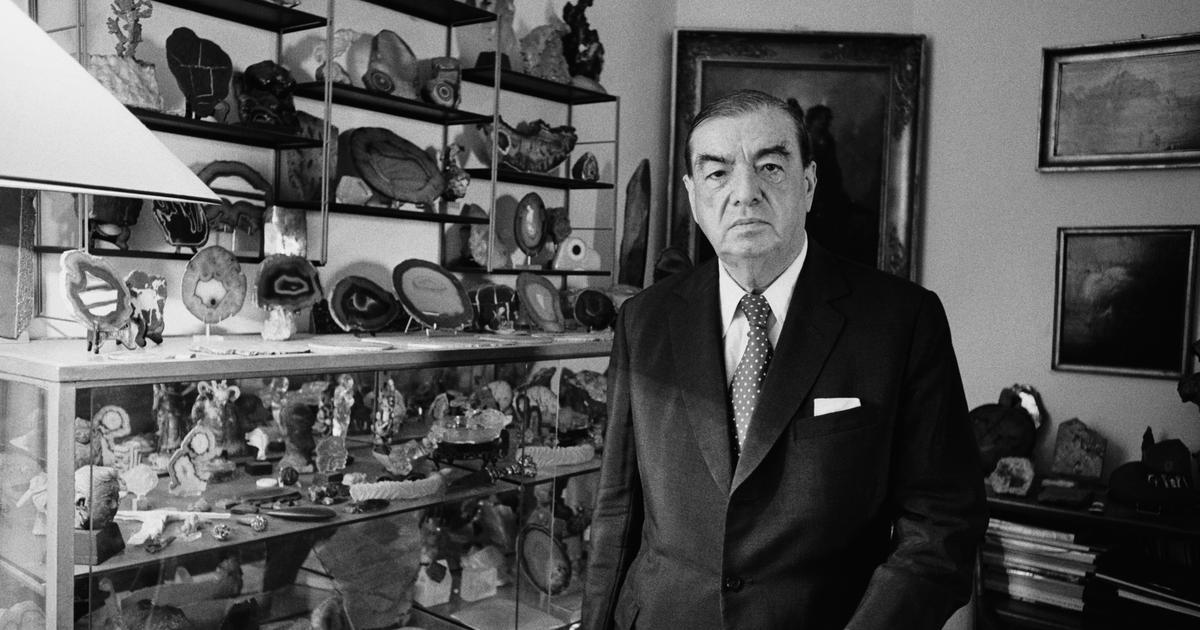The Scariest Part of HBO’s Hit Prequel to <em>It </em>Isn’t Pennywise

There are great evils lurking in the dark of It: Welcome to Derry, the new hit HBO show set in the world of Stephen King’s famous novel about a demonic homicidal clown who preys on children in the fictional town of Derry, Maine. From jump scares to tons of body horror, the spinoff prequel of Andy Muschietti’s hit It movies has concocted a highly effective fear-inducing cocktail. And yet, if the most recent episode—Episode 2, titled “The Thing in the Dark”—tells us anything, it’s that there are “things” that are even scarier than whichever monsters go bump in the night. For the handful of Derry’s Black residents, the evils that happen in broad daylight are far more dangerous and fearsome. Much to its credit, and unlike some of today’s other fantasy-horror shows, Welcome to Derry doesn’t shy away from exploring this nuance.
Welcome to Derry, set in 1962, shows two different groups of characters dealing with the shapeshifting supernatural evil that awakens, hungry, every 27 years and plagues Derry by taking the form of its victims’ greatest fears (canonically, often the iconic visage of Pennywise the clown) and feeding primarily on the town’s children. The first is a group of kids, social pariahs within their school, who attempt to find out what happened to their friend who went missing months ago. The other is, for some reason, a group of select members within the U.S. Air Force. But, while the characters are currently learning about the cryptic hell that has unleashed itself upon the town, some of the show’s characters begin to feel other more corporeal horrors.
The first episode of the series sees the entity claim its first victims when a group of kids looking for their missing friend Matty (Miles Ekhardt) accidentally call upon the demonic presence in the process. The next episode, which aired on Sunday, chronicles the early fallout. The kids were gobbled up in a movie theater where a Black man, Hank Grogan (Stephen Rider), is employed as the projectionist. Hank’s daughter, Veronica (Amanda Christine), let the kids in with the hopes that the last movie Matty watched would give them some clues as to his current whereabouts. The local police chief receives pressure from a local government official (and a random man named Dan?) to pin the kids’ murder on Hank. On the military side of things, Maj. Leroy Hanlon (Jovan Adepo), a Black war hero, welcomes his wife, Charlotte (Taylour Paige), and son, Will (Blake Cameron James), to Derry, where he’s been newly stationed. Hanlon has already encountered one racist subordinate who refuses to respect his rank and has been attacked in his on-base dorm for murky reasons. And when the Hanlons wave at the first neighbor they see, an older white woman walking her dog, they receive the snootiest “Good afternoon” in response. “You sure we’re good here?” Charlotte asks her husband. “If anyone’s got a problem with it, they can take it up with JFK,” Hanlon responds. Meanwhile, Black Air Force members, notably Dick Hallorann (a character in a number of King’s works, here played by Chris Chalk), sees prominence in his professional life, where he is working on a top-secret mission, but is ostracized in his daily life, which we get a glimpse of when he and his friends are unceremoniously kicked out of a local bar.
Veronica’s woes form one of the highlights of the episode. While her father’s freedom hangs in the balance—Hank is well aware that, as the only Black man working at the theater, the kids’ murder will likely be pinned on him—Pennywise antagonizes her, as if her father’s predicament weren’t torture enough. The clown, taking a demented form of Veronica’s deceased mother, attacks her in her sleep, insinuating that Veronica’s mother died during childbirth, making her death Veronica’s fault. (This show is not for the faint of heart: Veronica has to bust herself out of the demon mother’s womb, covered in viscera, just to hear her so-called mom say, “You came out of me and ripped me right open.”) Not only is this terrifying, but it calls to mind the higher rates of mortality that Black women face when it comes to pregnancy, and the struggles that Black women face in the realm of fertility more generally.
With this nightmare encounter serving as proof that the evil entity is still out to get them, Veronica explains it to the only other survivor of the movie theater slaughter, Lilly Bainbridge (Clara Stack). But when the police chief tricks Lilly—who is young, white, and emotionally vulnerable—into saying that even though she is sure she didn’t see Hank at the movie theater, she couldn’t be sure without a shadow of a doubt that he wasn’t there, Veronica is left feeling betrayed and with no one to help her reckon with the unfair circumstances. Lilly may not be to blame, as a kid who was taken advantage of by the police chief, but the scenario clearly outlines that though Veronica and Lilly have similar backgrounds, one will always have more to lose than the other. Both girls have lost a parent (Lilly’s father had recently died in a tragic accident at the canning factory where he worked) and were ostracized for various reasons, but Veronica’s family was preyed upon by the racist people in power, whereas Lilly’s was leveraged in the process, making it out without any further harm.
And then there are the odd circumstances surrounding the Hanlons. Charlotte feels notably snubbed—or at the very least, meticulously appraised—by her new white neighbors and townspeople. But, perhaps because she is already primed to be wary of spaces with a dearth of people who look like her, Charlotte is particularly attuned to just how eerie Derry is. People behave oddly: The boys are particularly violent and unchecked, there’s an unsettling emptiness to the town, and people seem to regard her with a standoffish air. Charlotte can’t entirely tell if it’s because of the color of her skin or the way things simply are for everyone, though she always seems to bet on the former. Meanwhile, Maj. Hanlon is trying to see through the racist facade of some of his underlings, and Will is trying to find his footing at his new school where a white teacher seems to have it out for him after just one day. And, on the other side of the military forces, Hallorann works for the town by day through his military work, but is rejected by that same town at night.
Sometimes the scariest things in life are its harsh realities. That Charlotte can’t entirely tell whether Derry is racist or just plain odd, that Veronica survives a supernatural attack but falls victim to a corrupt police force, that the Black characters of Welcome to Derry sustain more damage from racism than they do from going toe-to-toe with a literal magical homicidal maniac—all of this is evidence that the show understands the nuance of how marginalized groups approach danger, fear, and persecution. The show may be clumsier in its portrayal of other things, but it certainly has a handle on the idea that even our worst fantastical fears are things some people can’t afford to be afraid of, because the danger all around them is sobering enough. This is a nuance that many recent shows, like Stranger Things, seem unable to grasp, where, despite similarly being set decades in the past, its monsters illustrate the limit of the show’s understanding of danger and race. It’s gratifying, if unsettling, for Welcome to Derry to not downplay the frights of marginalization, but to elevate them to the same level of the show’s supernatural frights. It’s even more rewarding for a show to do that with its main characters, as opposed to supporting ones. I don’t know what Welcome to Derry has in store for us, but I credit it for not shying away from a singular sobering fact: For some of us, it can always get worse.
Slate




